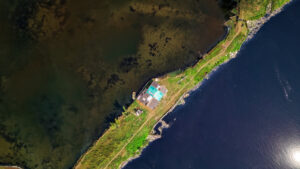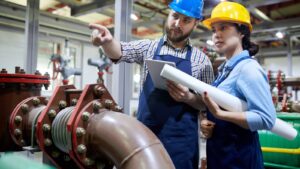In this article, we discuss the most commonly used flow sensors in the water scenario.
What is a Water Flow Sensor in Australia?
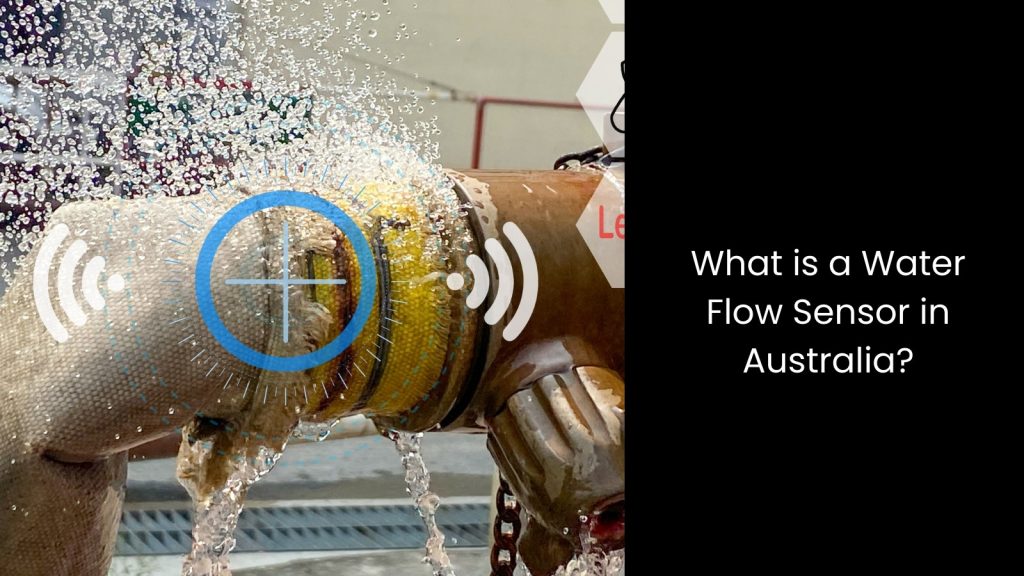
- These specific types of sensors are important tools used not only in the water industry but also in various industries to measure how much water or other fluids like gas or steam are moving through pipes.
- When it comes to their uniqueness, instead of directly measuring the flow, these sensors use electronic systems to estimate it. They consider factors like pressure, temperature, and the type of liquid being measured to ensure accuracy.
- There are different types of flow sensors, as we mentioned above. These use specific parameters and facts such as pressure, heat, targets, paddle wheels, or magnetic fields to make their measurements.
- These sensors not only display the flow rate locally but also send data to remote systems for monitoring and control. For example, they can easily connect to the SCADA system or Digital Twin technology.
- With such powerful integration capacity in place, the water industry keeps track of how much liquid is flowing through its pipes and makes adjustments as needed.
- It is always up to the water plant authorities to decide which type they go for, depending on their major requirements.
Top 5 Flow Sensors in the Water Industry Australia
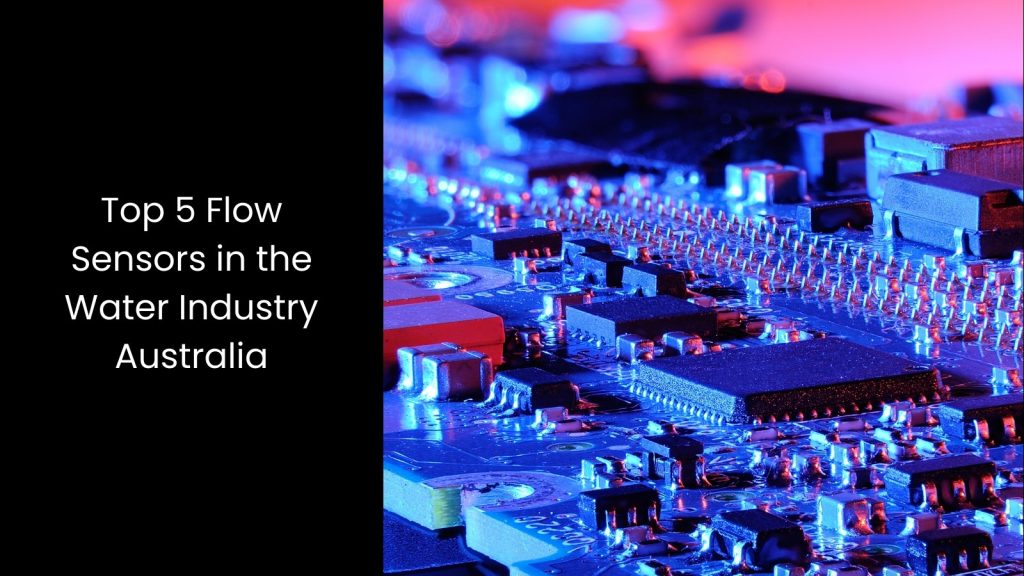
Differential Pressure Flow Sensors
These are designed with a flow body featuring a known cross-section and a built-in restriction, like an orifice plate. It causes a pressure difference between the upstream and downstream sections.
Since it can detect this variance, the sensor can easily calculate fluid velocity. The latter will enable it to determine the flow rate accurately. Most importantly, this mechanism operates without any moving parts, making it suitable for various liquid and gas applications.
However, the most important fact to keep in mind here is the precise sensor placement. Do you know why? It is crucial to prevent turbulent flow in the first place. Alternatively, some sensors utilise a Venturi nozzle as the constriction, with the downstream pressure tap located within it.
This approach results in a far lower pressure drop than an orifice plate while still producing comparable pressure variations. Because of this, situations with greater flow rates or lower pressures are better suited for the Venturi technique.
Magnetic Induction Flow Sensor
Magnetic induction flow sensors have gained popularity in the industry for their ability to accurately measure the flow of conductive liquids.
This technique relies on a concept called ‘Faraday’s law of magnetic induction’. Let us put it simply: This is where current is induced in a conductor moving through a magnetic field. In the sensor, the conductive liquid serves as the moving conductor, inducing current as it passes through the sensor body, which contains coils that generate the magnetic field.
The magnitude of the current is directly proportional to the flow rate, allowing precise measurement.
Unlike other sensors, this type does not experience pressure drops or have moving parts. Additionally, it remains unaffected by changes in temperature, pressure, or density and can handle fluids with contaminants.
This uniqueness makes magneto-inductive flow sensors ideal for various water industry applications. It offers unparalleled reliability and accuracy without being susceptible to external factors.
Turbine Flow Sensor
If we look into its mechanism a bit, this method involves placing a spinning component, either a paddle wheel or a turbine, in the fluid to detect flow. Before reaching the wheel or turbine, the fluid has to pass through a laminar flow element to reduce turbulence.
As the fluid flows, the wheel or turbine rotates in proportion to the flow rate. In the meantime, a magnet is attached to the spinning part, and a magnetic detector is placed in the housing to measure rotation. Also, optical detectors can be used for clear fluids.
While paddle wheels are suitable for measuring low-flow liquids, turbines are better suited for gases due to their lower density.
However, both types are prone to more wear and tear compared to other methods due to their spinning components. If we look at the brighter side of that, turbine flow sensors are popular in the water industry because they are inexpensive and easy to install.
Target Type Flow Sensors
These sensors come out with a target plate placed within the liquid stream, which experiences a force exerted by the fluid flow. This causes it to move in proportion to the flow rate.
This movement is then measured by either a force sensor at the end of a lever arm or a position sensor against a spring. The uniqueness of that is that a permanent magnet attached to the lever arm and a Hall effect sensor is usually employed to convert the arm’s angular motion into an electrical signal.
However, these are very useful because target-type sensors indicate a very low-pressure drop, and they are generally tolerant of fluids containing solids. This makes them ideal for various water industry applications in Australia.
Thermal Flow Sensors
The latter has an outstanding ability to measure flow rates by detecting heat conduction in liquids or gases.
These sensors operate by measuring temperatures upstream and downstream of a heating element. It is like this: when there is no flow, the temperatures are equal, but as flow increases, more heat is detected at the downstream sensor.
This is particularly effective at low flow rates. At higher rates, the sensor adjusts the power supplied to the heater to maintain a fixed temperature difference between the sensors.
The internal electronics eventually convert this power fluctuation into a flow rate. A more complex variation of this method uses a single source to heat the tool and detect the temperature, calculating flow based on the heat input and dissipation.
As thermal flow sensors do not experience pressure drop, they are incredibly effective and appropriate for a wide range of water industry applications where precise flow monitoring is essential, particularly in low flow situations.
Receiving Real-Time Data from Flow Sensors via Modern Tech
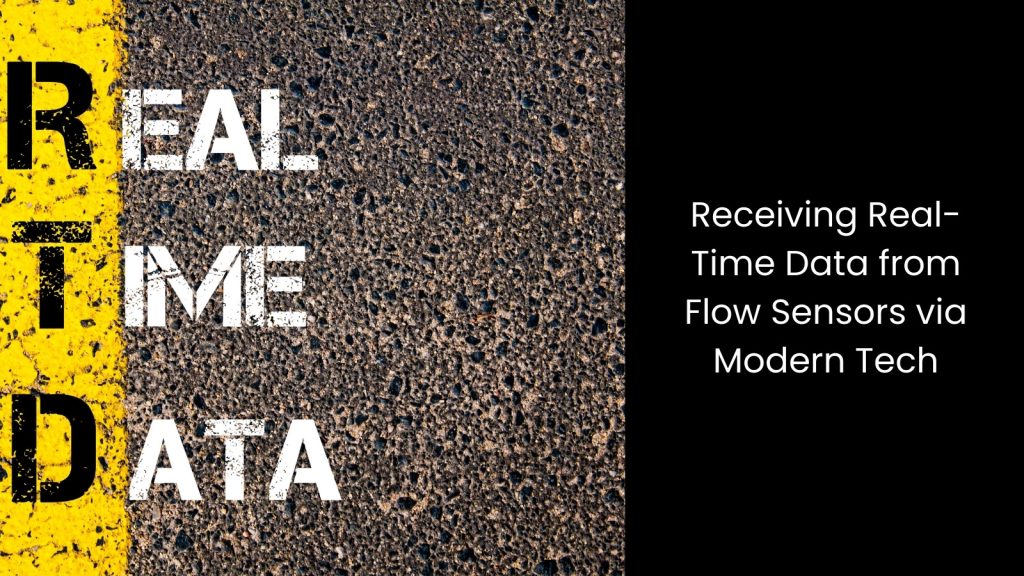
It is visible that different conditions in the pipe network require different types of flow sensors in the water industry. The main challenge is determining the best suit according to the condition inside the pipes. Also, whatever flow sensor you employ needs to integrate with the main monitoring systems in order to translate the data into insights. This is where modern technology enters. However, it is important to purchase these modern tools from a reputed software supplier, as it requires a lot of expertise.

